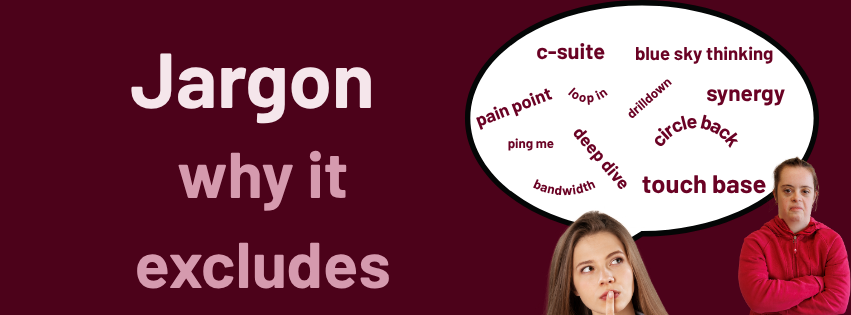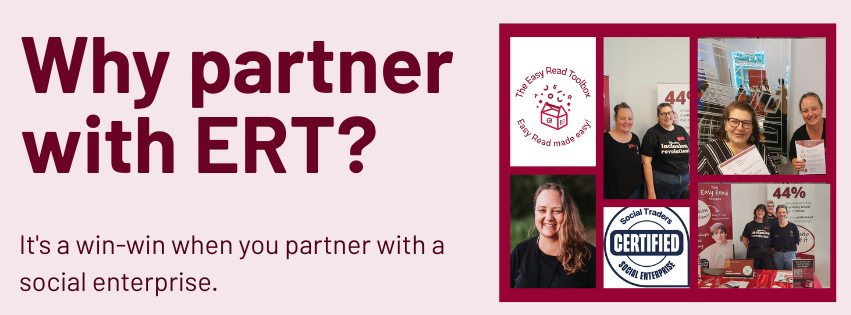Why use Plain English/Language?
The Case for the Use of Plain English or Plain Language?
How many times have you looked at a medical document, a set of criteria for a job, or even media articles and had no idea what it meant?
It happens to most people at some point. Many things are written for audiences, or for purposes, that exclude many people who need to understand what the text is about.
Plain English and plain language are writing or talking in a direct, clear, simple way. It’s using simple words and phrases, avoiding acronyms and jargon. It involves using an active voice and structuring written information in a logical way, with headings and lists. The purpose of communicating this way is to improve comprehension, so that a broad audience can understand. Plain English makes it easier for people who have English as a second language to understand, people with various learning disability and cognitive challenges.
In 2002 I started my career as an educator in the Canberra Community Sector. I was employed by a small Registered Training Organisation to teach literacy to young people who had fallen through the cracks of mainstream education. I had recently completed my Graduate Diploma in teaching, to teach art to high school students. It was through this role that I learnt the importance of using plain English and plain language.
The students were all young people between 12 and 25 who had low literacy. This meant that they had trouble with reading and writing, which also meant they had trouble doing well at school and just about anything they were trying to do in their lives. It affected their self-esteem, their ability to engage in a regular classroom and to learn new things.
An essential part of being around these young people and teaching them, involved me using plain language. One time, early in my employment, I said something and one of the young people said ‘don’t go using those long words’. Basically, he didn’t understand me and at this point we had enough of a rapport for him to tell me.
The young people came from a variety of backgrounds, with an array of challenges to them as students and as people. This included: young carers, young offenders, homeless young people, migrant and refugee young people, First Nations young people. Also in the group were young people with mental illness, disabled young people (often not diagnosed), young people who were drug users, young people from low socio-economic backgrounds.
To build a rapport with the young people, it was necessary for me to use plain language and plain English with them. Otherwise, I would not have been approachable, and I would not have been able to teach them. This was before I gave them any type of tuition, where the second layer of any written information came in and needed to be plain English.
I have continued to use plain English and plain language through my 25-year career in working with people. Plain language and plain English cut through any class structures and mean that everyone understands. You don’t need a university degree; you don’t need to have spent years working in a particular area to get all the words and jargon - you can understand.
Plain English is a gateway to understanding for everyone. Using it means that most people will understand what is being said, without being alienated.
If you would like to learn how to write more simply and jargon free visit our website or contact us for a chat.





